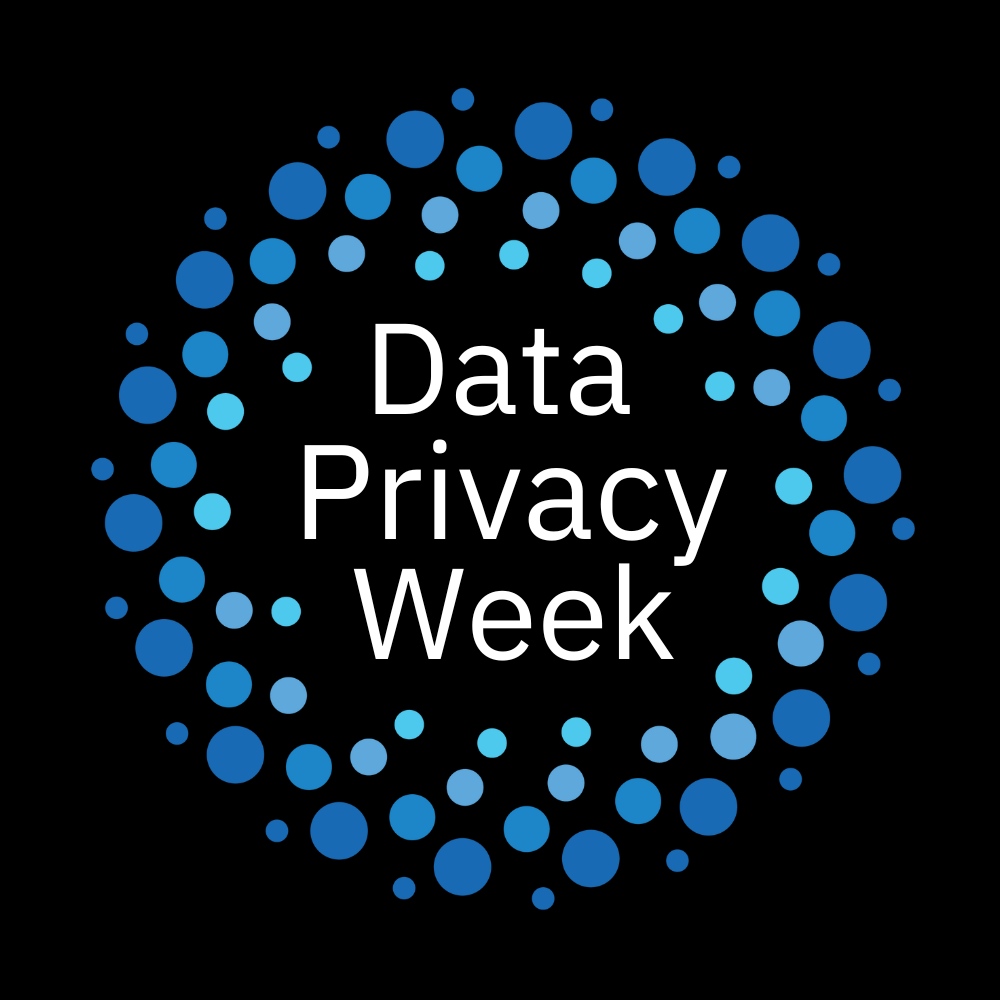In an era where our personal and professional lives are deeply embedded in the digital world, protecting sensitive data is more crucial than ever. Whether you’re an individual managing your personal devices or a business handling client information, maintaining strong digital privacy practices is a non-negotiable part of staying secure online.
The Evolving Need for Online Privacy Protection
As technology evolves, so does the volume and value of the data we share. From social media profiles and financial records to workplace communications and cloud storage, our digital footprints are constantly expanding. With that growth comes an increased risk of data breaches, identity theft, and unauthorized access — making it essential to adopt modern tools and strategies to stay protected.
Best Practices to Safeguard Your Digital Privacy
Whether you’re safeguarding personal data or implementing organization-wide controls, the following online privacy protection practices are critical for minimizing your risk:
1. Strengthen Password Security
Create strong, unique passwords for each account using a combination of letters, numbers, and special characters. Avoid using personal information like names or birthdates. Wherever possible, enable multi-factor authentication (MFA) to add an extra layer of verification beyond a password.
2. Conduct Regular Security Audits
Review your digital environment regularly. For individuals, this could mean checking browser extensions, connected apps, and account access. For businesses, performing scheduled security audits helps detect vulnerabilities across servers, endpoints, and employee accounts.
3. Review and Update Privacy Settings
Check the privacy settings on your social media profiles, apps, and cloud-based services. Ensure that only essential permissions are enabled, and disable any data sharing features you don’t use. For businesses, this includes reviewing third-party integrations and vendor access to sensitive systems.
4. Use Data Encryption Tools
Encrypt sensitive data during both storage and transmission to prevent unauthorized access. Whether it’s emails, files, or entire drives, data encryption protects your information from being readable in the event of a breach or loss.
5. Train Employees in Cybersecurity Best Practices
Human error remains a top cause of security incidents. Businesses should invest in ongoing employee cybersecurity training that covers topics like phishing awareness, password hygiene, and secure file sharing. Empower your team to recognize and respond to threats effectively.
Take Control of Your Digital Life
Staying safe online is not a one-time fix — it’s a continuous process of learning, adapting, and reinforcing smart habits. By implementing strong data privacy best practices like password security, encryption, and user education, you can protect your personal information and help create a more secure online environment for all.
Need help securing your business data? Tobin Solutions offers managed IT services that include cybersecurity assessments, employee training, compliance audits, and ongoing support for your evolving digital privacy needs.
Contact Tobin Solutions
Phone: (414) 443-9999
Email: info@tobinsolutions.com
Contact Page: https://tobinsolutions.com/contact-us/
© 2026 Tobin Solutions, Inc. All rights reserved.
